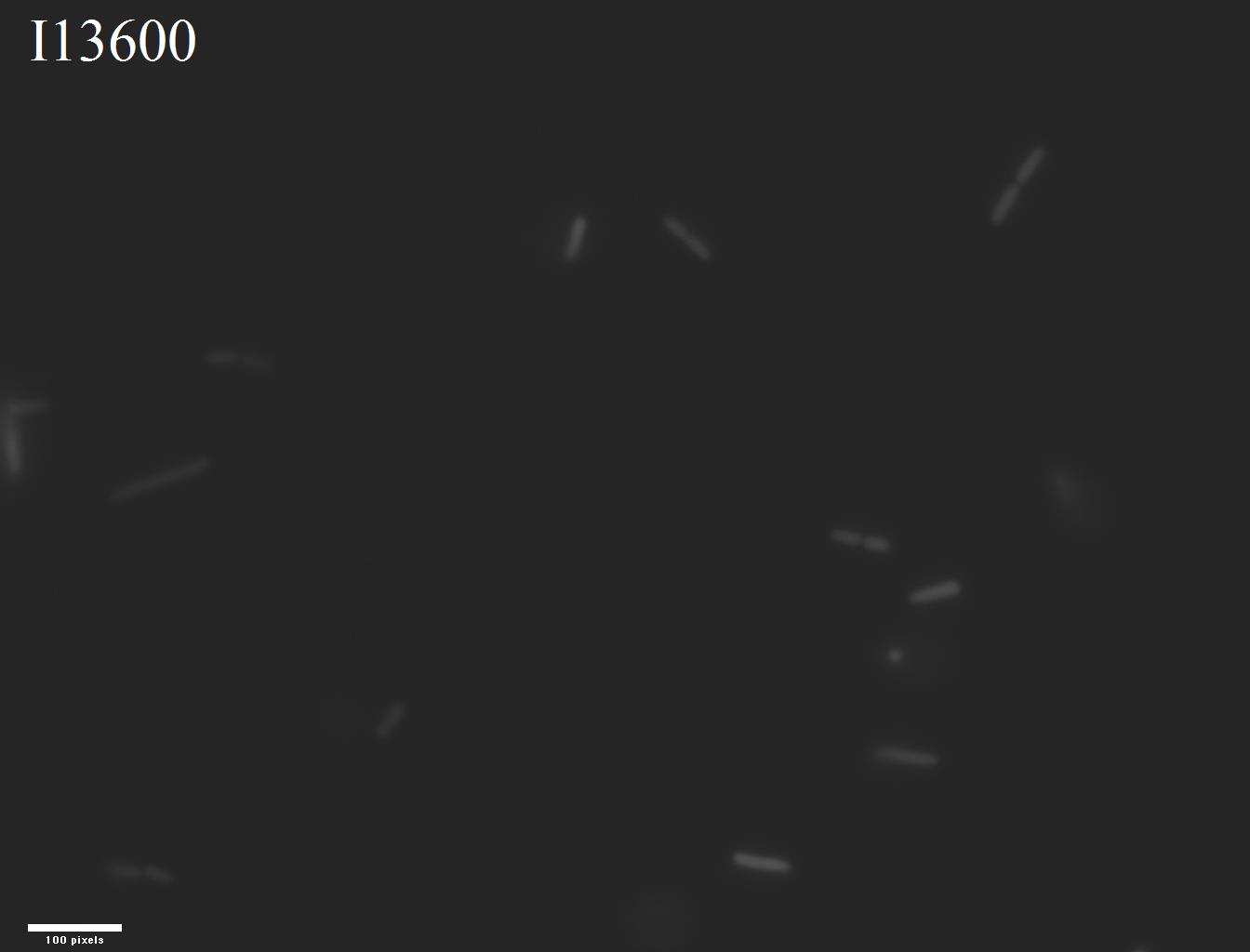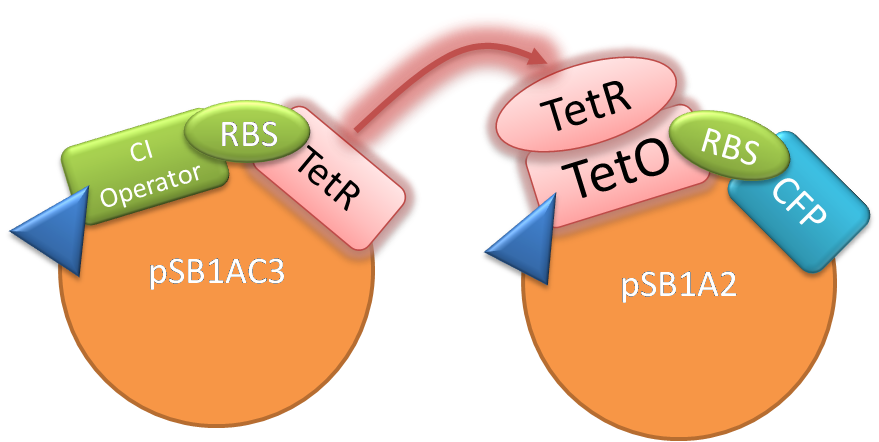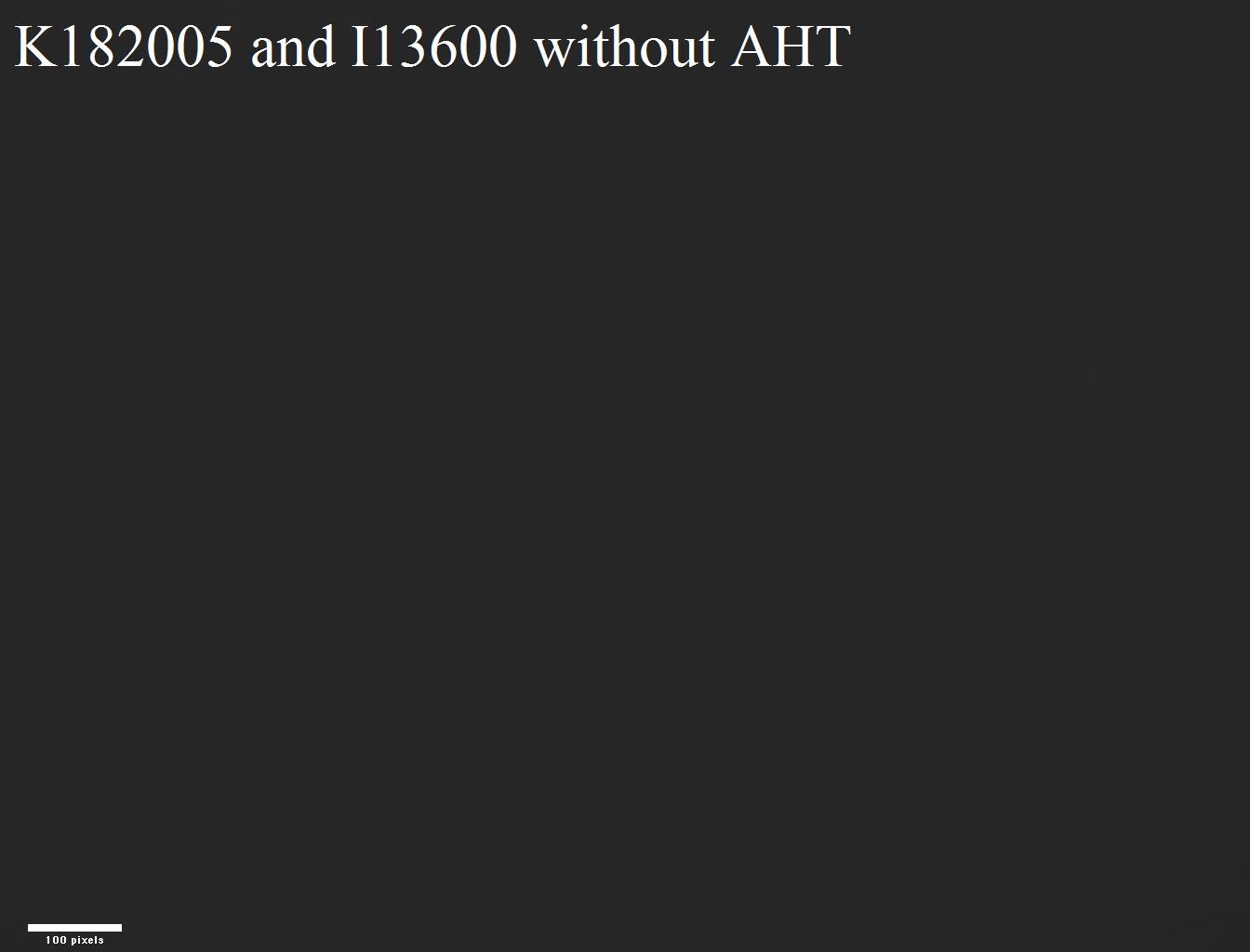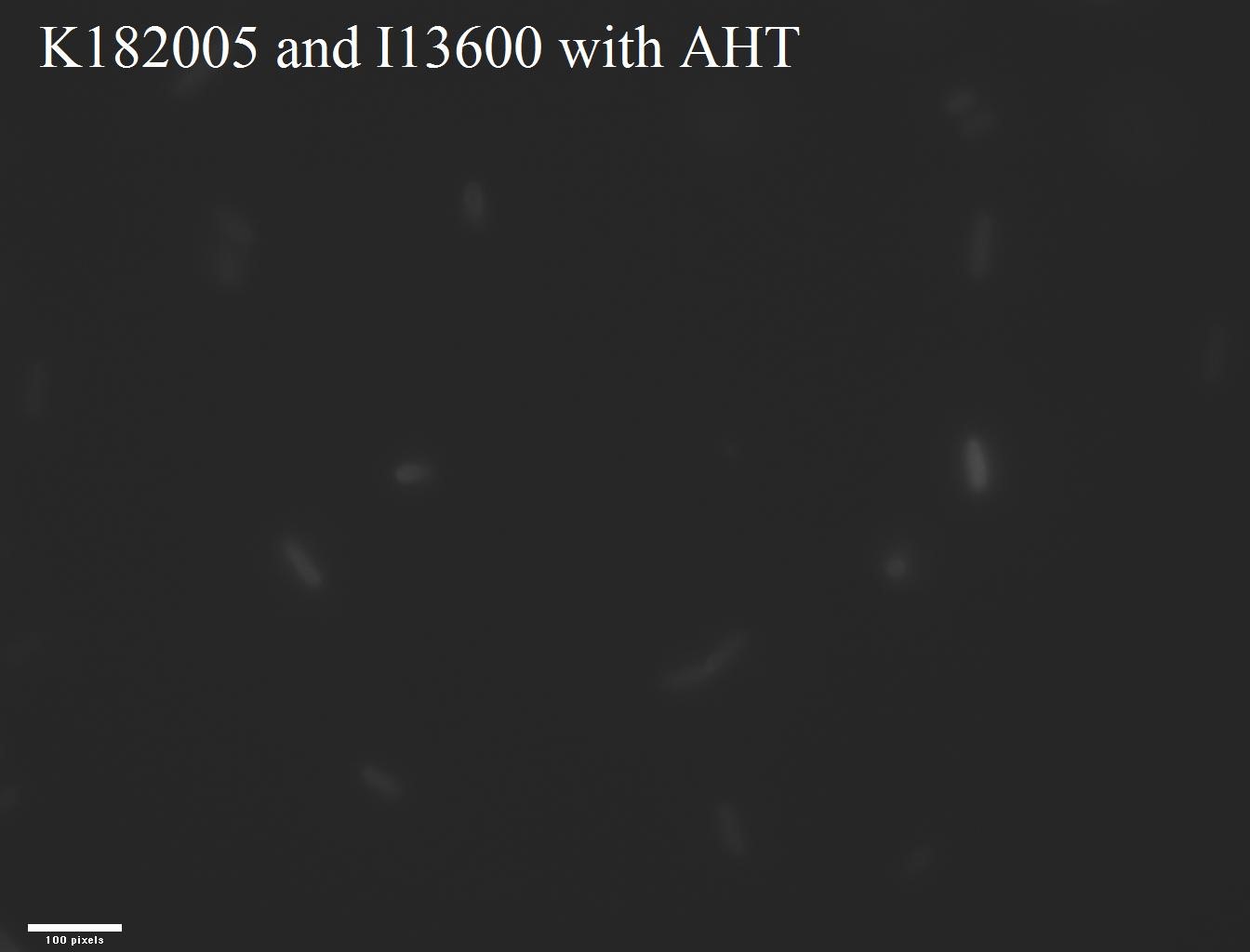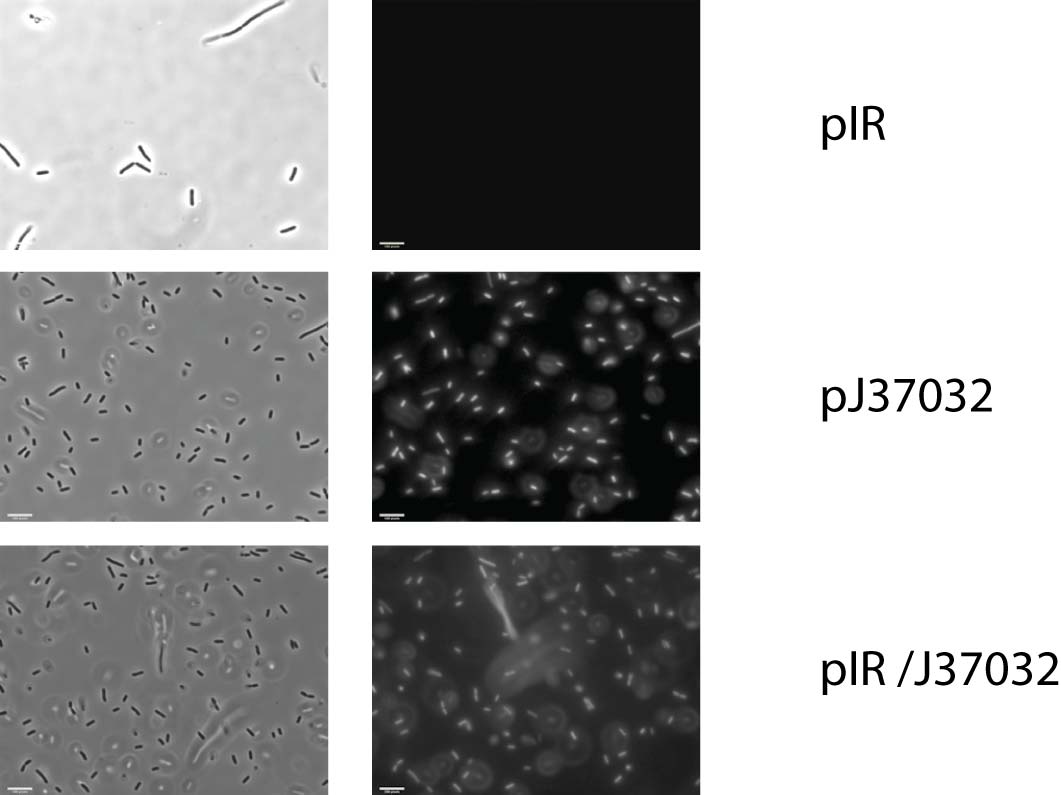Team:Aberdeen Scotland/Registry
From 2009.igem.org
University of Aberdeen - Pico Plumber
BioBrick Experience
|
Aberdeen_Scotland 2009 |
The miniprep, single and double digests all worked. However we did not use this part for further cloning. |
|
Aberdeen_Scotland 2009 |
Our miniprep, double digest and gel worked properly. We used this part in fusion PCR for building our biobrick . The fusion PCR, cloning and sequence were all correct. |
|
Aberdeen_Scotland 2009 |
The transformation, miniprep and the gel (undigested and digested with the EcoRI and SpeI) worked as expected. |
|
Aberdeen_Scotland 2009 |
Our miniprep, double digest and single digest worked as expected. We used this part for further cloning which was successful. The sequencing was correct. However we can not confirm that this part was working as we did not test it's functionality. |
|
Aberdeen_Scotland 2009 |
Our miniprep, double and single digests worked as expected. We used this biobrick for building two of our parts ( and '). We experienced very satisfactory cloning with high efficiency of transformants. The sequencing was correct. We discovered that all the bacteria containing this biobrick were releasing fluorescence even though there was no promoter upstream. The level of fluorescence observed was dependent on the plasmid copy number. We noticed that colonies displayed a visible, yellow-green colour, therefore selection was very easy. |
|
Aberdeen_Scotland 2009 |
The transformation, miniprep and digests, using XbaI and PstI, worked as expected. We did not test this part further, however, and can not confirm this parts functionality. |
|
Aberdeen_Scotland 2009 | The gel analysis and the plasmid miniprep worked quite nicely as expected. But later the construct was further tested and characterised by combining with the bio-brick BBa_K182005 which contained a tet repressor under the control of a CI operator. So, the CFP expression of BBa_I13600was repressed as expected when tested with the BBa_K182005. With the addition of Anhydrotetracycline (an analogue of tetracycline) the CFP expression was restored and this was confirmed performing the fluorescent microscopy assay.
Transforming BBa_K182005 into these cells should stop the production of CFP, since it expresses TetR. If it works as anticipated, the K182005 Tet repressor should bind to the Tet Operator of I13600 which would stop the expression of CFP.
With both plasmids now in the cell we checked for fluorescence, in the presence and absence of anhydrotetracycline (AHT or ATc), as can be seen in the picture below.
|
|
Aberdeen_Scotland 2009 |
The gel analysis and the plasmid miniprep worked quite nicely as expected. In addition, the construct was further tested by adding IPTG which took off the lacRepressor of the LacO and hence enabling the CFP expression. |
|
Aberdeen_Scotland 2009 |
The plasmid miniprep and the gel worked as expected. However, since we did not use this part for our cloning step we cannot comment on the sequencing or the other features of this part. |
|
Aberdeen_Scotland 2009 |
Experimental Design Results Conclusion |
|
Aberdeen_Scotland 2009 |
Transformed OK and digested OK with enzymes EcoRI and SpeI. |
|
Aberdeen_Scotland 2009 |
The initial gel worked although the obvious confirmation was not possible due to the very small fragment size (54bp).But later it was confirmed following its usage by forming the part BBa_K182001 through the PCR gel analysis and the sequencing.The plasmid miniprep also worked. |
|
Aberdeen_Scotland 2009 |
The initial gel worked although the obvious confirmation was not possible due to the very small fragment size (49bp).But later it was confirmed following its usage by forming the part BBa_K182002 through the PCR gel analysis and the sequencing.The plasmid miniprep also worked. |
|
Aberdeen_Scotland 2009 |
Our miniprep, digest and gel gave expected results. However we did not use this part for our cloning. |
|
Aberdeen_Scotland 2009 |
The transformation, miniprep and the gel (undigested and digested with the EcoRI and SpeI) worked. Further testings were performed by the formation of the BBa_K182002, PCR analysis, sequencing and everything worked flawlessly, exceeding our expectations. |
|
Aberdeen_Scotland 2009 |
The transformation, miniprep and the gel (undigested and digested with the EcoRI and PstI) worked. Further testings were performed by the formation of the and , PCR analysis, sequencing and everything worked as expected. |
|
Aberdeen_Scotland 2009 |
Plasmid rescued contained BBa_04450). The transformation, miniprep and the gel (undigested and digested with the EcoRI and PstI) worked. Further testings were performed through the PCR analysis and subsequent sequencing. |
|
Aberdeen_Scotland 2009 |
The transformation was twice unsuccessful. Plasmid rescued contained BBa_J04450. |
|
Aberdeen_Scotland 2009 |
Plasmid rescued contained BBa_J04450. Transformation, miniprep, double and single digests all worked properly. It was noticeable that colonies were a light pink colour. We used this part for further cloning. This plasmid gave us a very high efficiency of cloning. |
|
Aberdeen_Scotland 2009 |
Digestion with EcoRI and PstI worked well and complete digestion was observed. When pSB4C5-I52002 is transformed into XL1-blue cells, colonies are obtained. pSB4C5-I52002 carries the ccdB gene, toxic to wild-type E.coli strains. This plasmid was propagated in our experiments using the Invitrogen strain DB3.1, carrying the gyrA462 allele that confers resistance to this ccdB allele. During the generation of recombinant clones, the ccdB gene was excised and replaced by other BioBricks. For some of these experiments, E.coli strain XL1-Blue was employed. However, other iGEM teams should be aware that XL1-Blue also carries a gyrA allele, explaining our observation that this common E.coli strain was not killed by non-recombinant pSB14C5. |
|
Aberdeen_Scotland 2009 |
The transformation was twice unsuccessful. Plasmid rescued contained BBa_I52001. |
 Back to Our BioBrick's Back to Our BioBrick's
|
Continue to Our Team 
|
 "
"
